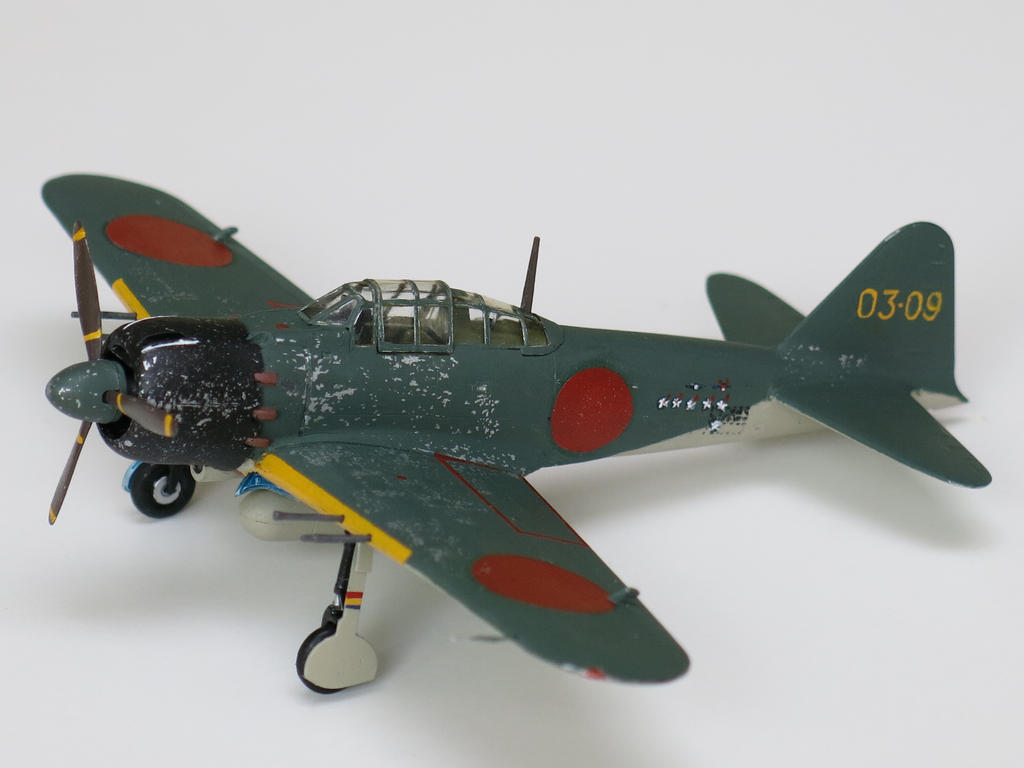special ed
1st Lieutenant
- 6,576
- May 13, 2018
OK, back now

Follow along with the video below to see how to install our site as a web app on your home screen.
Note: This feature may not be available in some browsers.
Ad: This forum contains affiliate links to products on Amazon and eBay. More information in Terms and rules
Thank you special ed for posting excerpts from those period Japanese books. They cement for us the basic understanding that while the Ki-84 was the fastest Japanese fighter to see service during the war it was nevertheless a sub 400 mph fighter.
Sorry special ed but that's not exactly how things occurred...The three N1K1 were to be escorted by four late model F4U-4s armed, while the Japanese planes had guns with no ammo. The seven aircraft took off together but the Japanese arrived at the port 20 minutes before the Corsairs.
Unfortunately, we still don't know the Japanese test methodology for determining maximum speed. On top of that, when mentioned, the Japanese documentation mentions that the Ki-84 aircraft have 1,800 horsepower engines. I'm not sure why this is but I've heard two explanations:Thank you special ed for posting excerpts from those period Japanese books. They cement for us the basic understanding that while the Ki-84 was the fastest Japanese fighter to see service during the war it was nevertheless a sub 400 mph fighter.
The numbers published by TAIC are only theoretical and could be off due to inaccuracies in propeller efficiency, airfoil calculations, weight, and thrust augmentation numbers. Unfortunately there are many over the years who accept them as fact, and this only got worse when the IL2 flight sim made an uber-fighter out of it using these same unsubstantiated calculations.
Thanks for clearing up so many rough edges Ivan! One quick question:Note that the original TAIC speed estimate was CALCULATED based on what would happen with an engine of Homare's power installed in a Ki 43 Hayabusa airframe.
More horsepower doesn't always equate to a higher absolute maximum speed. Even the TAIC data shows basically the same speeds, 426 mph vs 427 mph, attained in Military power (+350 mm) and WEP (+500 mm) respectively, the only difference is at which altitude the speed was obtained (23,000 vs 20,000 feet). This is because the supercharger can only perform so well as altitude increases. Eventually it doesn't matter how much boost is applied, engine horsepower will max out and nothing more can be produced. This is known as critical altitude.So if these are derated engines running at 1,800 HP, then it would make sense that the maximum speed was 388MPH.
Thanks again Darren. So you're saying that the supercharger's blower settings can't be changed to match engine output at the critical altitude? This is an interesting line of research as I know absolutely nothing about the Homare's supercharger and this is one of the most important components for performance.More horsepower doesn't always equate to a higher absolute maximum speed. Even the TAIC data shows basically the same speeds, 426 mph vs 427 mph, attained in Military power (+350 mm) and WEP (+500 mm) respectively, the only difference is at which altitude the speed was obtained (23,000 vs 20,000 feet). This is because the supercharger can only perform so well as altitude increases. Eventually it doesn't matter how much boost is applied, engine horsepower will max out and nothing more can be produced. This is known as critical altitude.
This is why a speed of 390 mph would be the absolute maximum speed in both military and emergency power settings, with only the altitude at which the speed could be obtained changing as a result. This can still be beneficial of course, as emergency power would improve speed and climb below the critical altitude when using military power.
There is minor tweaking that can be performed but without a major upgrade in supercharger design, using higher octane fuels and/or water methanol injection will increase power lower down but it will eventually have no affect as one gets closer to the critical altitude while utilizing a military power setting. So while you might get an extra 200 hp at 15,000 feet when using emergency power the extra drag at the lower altitude will negate any real increase in absolute maximum speed which was obtained at 20,000 feet while in military power (maybe a one or two mph gain is possible). Of course the speed you once achieved at 15,000 feet while using military power could increase by 10 or 15 mph in the higher boost setting. Does this make sense?Thanks again Darren. So you're saying that the supercharger's blower settings can't be changed to match engine output at the critical altitude? This is an interesting line of research as I know absolutely nothing about the Homare's supercharger and this is one of the most important components for performance.
Yes, they were called "Kamikaze Taxi" in the 1950s. They were so speedy and agile.EDIT: By the way, I just noticed your quote. My father had this great anecdote from his service years about having met a cab driver in (IIRC)Nagoya cityOsaka in Japan who claimed to have been a high-scoring fighter ace. I'm 90% sure (if this wasn't a lie) that he had met Takeo Tanimizu in person!
That is a very interesting story and it could very well be true. During a cursory check I found this on the web:EDIT: By the way, I just noticed your quote. My father had this great anecdote from his service years about having met a cab driver in (IIRC)Nagoya cityOsaka in Japan who claimed to have been a high-scoring fighter ace. I'm 90% sure (if this wasn't a lie) that he had met Takeo Tanimizu in person!

Yes, they were called "Kamikaze Taxi" in the 1950s. They were so speedy and agile.